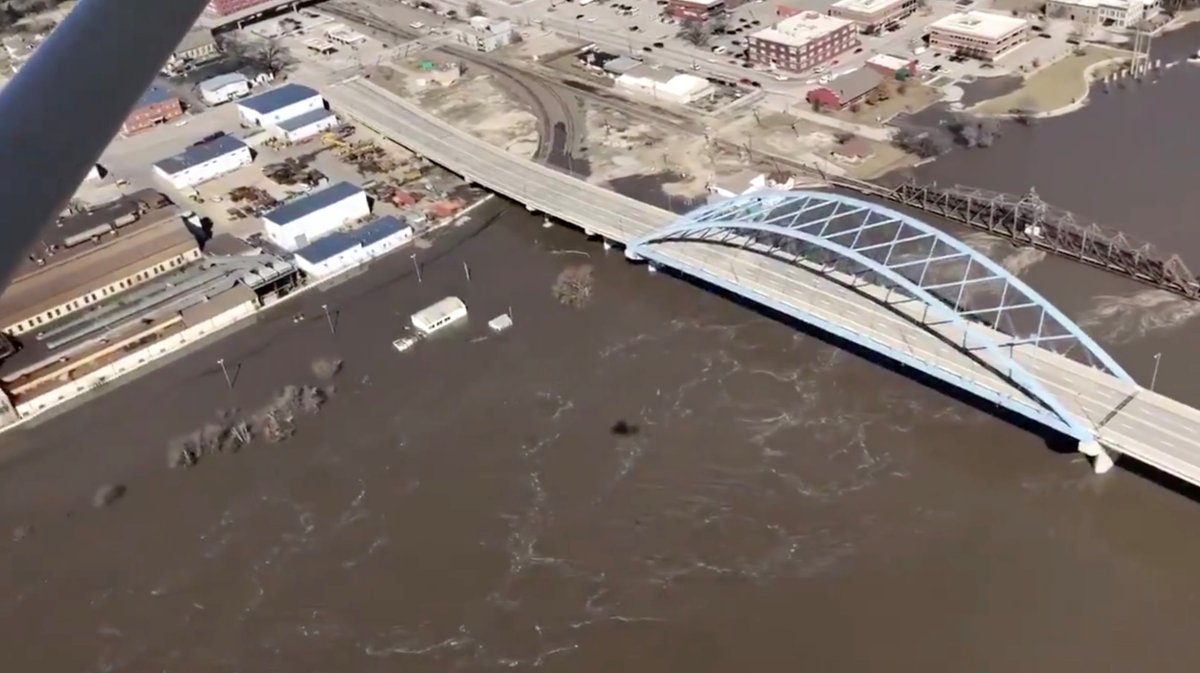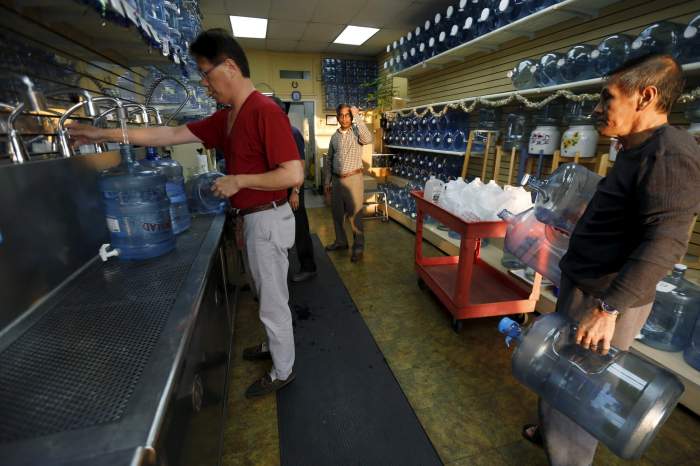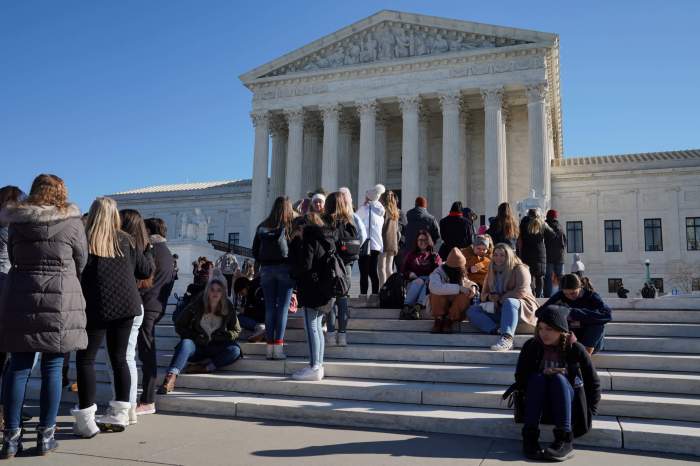By Karen Dillon
KANSAS CITY, Mo. (Reuters) – Record flooding along the Missouri River that left death and destruction in three Midwestern states appeared to have crested on Sunday in the Kansas City area without causing major damage and continued to move downstream, local officials said.
Although the surge had begun to recede in Kansas City, Missouri’s largest city, a number of riverfront roads remained flooded and city residents were urged to conserve water to help utility crews cope with the deluge.
Officials of two small, Missouri waterfront communities just outside Kansas City, Riverside and Parkville, which had been bracing for flooding, said early on Sunday that the worst appeared to be over.
“The good news is the river has crested and is now dropping,” the Riverside Fire Department said on Twitter.
Parkville, where high water was creeping to the edge of the scenic commercial district known for its antique shops, art galleries and restaurants, also said on Sunday that the river waters were starting to back away.
“All businesses open,” the city declared on Twitter.
But the flooding still threatened Kansas City’s drinking water. The KC Water utility issued a plea for conservation to its 170,000 customers “to help with ongoing treatment challenges created by current characteristics of the Missouri River.”
The municipal water service issued an advisory on Saturday warning that the flooding had impaired its treatment of water, which it gets from the river, raising health risks for infants, the elderly and others with compromised immune systems.
Conserving water will ease pressure on an upriver wastewater treatment plant where crews were struggling to replace broken pumps submerged by floodwater, the utility said.
Although testing had shown excessive levels of turbidity, fine particles in the water that can carry bacteria, viruses and parasites, KC Water said late on Saturday that it “had not found any harmful bacterial organisms” in the water, which it said was safe for cooking and bathing.
Floods were unleashed last week after a “bomb cyclone” storm dumped torrential rains on hundreds of square miles of the snow-covered Plains.
No further precipitation is forecast for the area until midweek, when moderate rainfall is expected, National Weather Service Meteorologist Andrew Orrison said.
“I think at the worst what it will do is just prolong the gradual receding of the water levels across the various river basins throughout the Midwest,” Orrison said by phone from the service’s Weather Prediction Center in College Park, Maryland.
By next month, however, melting snows further upstream in Minnesota and the Dakotas could trigger more flooding, he said.
The record flows had cascaded down the Missouri, the country’s longest river, killing at least four people, drowning livestock and closing dozens of roads in Nebraska and Iowa. Property losses were estimated at more than $3 billion in those two states.
(Reporting by Karen Dillon; Additional reporting and writing by Peter Szekely in New York; Editing by Leslie Adler)





















